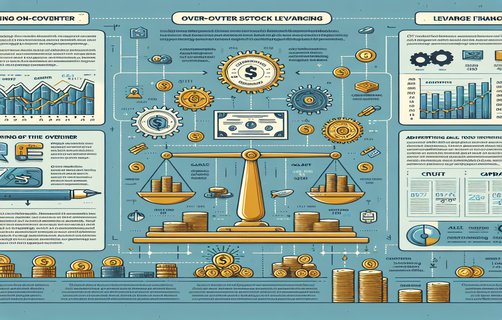
Navigating the Complex Terrain of Modern Financial Strategies
The contemporary financial landscape is complex and multifaceted, where concepts such as stacked approaches, innovative modes of investment, and fund diversification play significant roles. These elements are key in the discourse on financial stability and growth, especially when intertwined with phenomena like risky betting and chasing losses. In this essay, we explore the subtle balance between risk and opportunity, using comprehensive data and authoritative references, including recent insights from the U.S. Securities and Exchange Commission and findings published in the Journal of Financial Economics.
The term stacked represents layered financial strategies where multiple tactics are combined to mitigate risks and enhance returns. This is similar to how investors build a diversified portfolio, ensuring that no single strategy or asset completely determines their financial outcomes. The concept of mode in finance reflects the changing dynamics of market conditions, prompting organizations and investors to adapt swiftly to evolving scenarios, as evidenced by recent market volatility.
Another strategic corner stone is fund diversification. A diversified investment approach helps safeguard against the unpredictable fluctuations inherent in speculative practices such as risky betting or chasing quick returns often accompanied by additional incentives like extrabonusround offers. These speculative tactics, although sometimes lucrative, can lead to detrimental outcomes if not properly managed, a point underscored by data from the Investopedia research reports.
Critically, chasing losses is a behavior that has been scrutinized in both academic and practical circles. Research indicates that repeated loss-chasing resembles behavioral patterns seen in gambling, resulting in long-term financial instability. Hence, a careful, informed approach rooted in robust fund diversification is recommended to avoid the pitfalls of overcommitment to high-risk strategies. This analytical piece underscores the importance of integrating empirical data with innovative financial practices.
Interactive Conclusion and Further Discussion
In conclusion, while strategies such as stacking and dynamic mode adjustments offer potential benefits in financial planning, they must be balanced with holistic diversification to mitigate the risks of aggressive betting and chasing losses. The integration of extrabonusround incentives further complicates the landscape, urging investors to proceed with caution and strategic foresight.
FAQ 1: What does stacking mean in a financial context?
Stacking refers to the integration of multiple financial strategies to build a more resilient and diversified portfolio that can withstand market fluctuations.

FAQ 2: How can fund diversification reduce risks?
Fund diversification reduces risks by spreading investments across various asset classes, industries, or markets, thereby reducing the impact of a poor performance in any single investment.
FAQ 3: Why is chasing losses considered dangerous?
Chasing losses is dangerous because it involves repeatedly increasing investment in a failing strategy, which often leads to larger financial setbacks and accumulation of significant losses over time.
Questions for discussion:
1. What strategies have you adopted to counteract risky betting behaviors?
2. How do you perceive the role of extrabonusround incentives in modern investment schemes?

3. Do you believe that fund diversification is an effective shield against market volatility?


Comments
JohnDoe
The analysis on fund diversification really opened my eyes. The statistical backing from reputable sources adds considerable depth to this argument.
小明
I appreciate the detailed explanation on risky betting. The interactive questions at the end made me think deeply about my investment decisions.
Alice
A very creative approach to understanding stacking and chasing losses. I found the use of real-world data especially convincing.